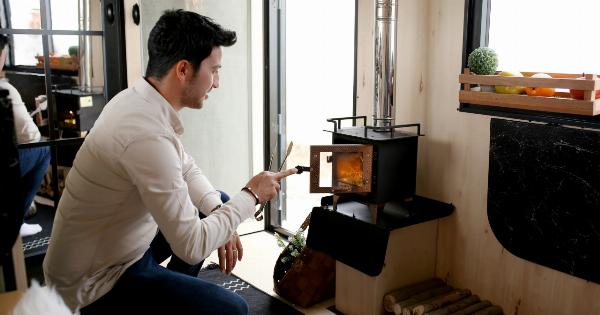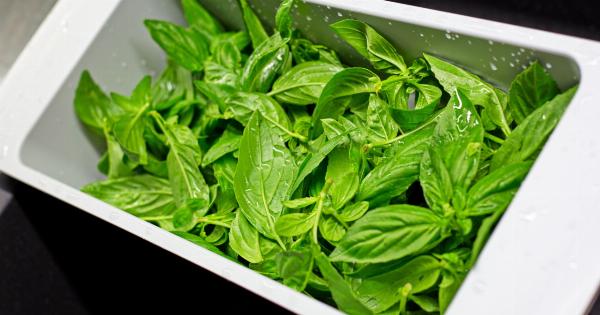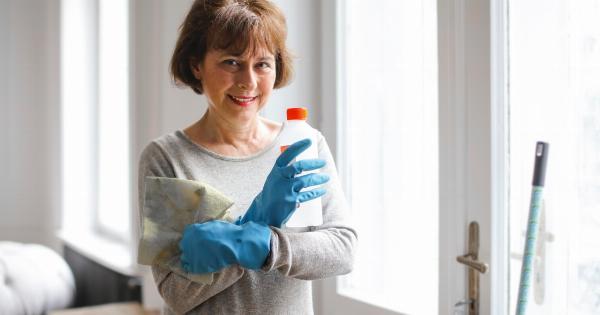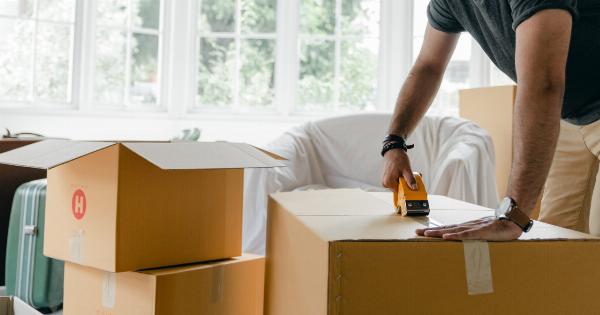Our homes are supposed to be our safe havens, where we can relax and feel protected from the dangers of the outside world.
However, many of us are unaware of the deadly hazards that can lurk within our homes, putting ourselves and our loved ones at risk. In this article, we will uncover the deadly truth about our homes, from invisible toxins to common household items that can be deadly.
The Dangers of Indoor Air Pollution
Indoor air pollution is a major health hazard that affects millions of people worldwide. In fact, according to the World Health Organization, indoor air pollution kills 4.3 million people each year.
The sources of indoor air pollution are numerous, ranging from chemical cleaning products and air fresheners to mold and pet dander.
To combat the dangers of indoor air pollution, it is important to ensure that your home is well-ventilated and that you use natural cleaning products free of harmful chemicals.
Additionally, investing in an air purifier can significantly improve the quality of the air in your home and reduce the risk of respiratory problems.
The Deadly Effects of Asbestos
Asbestos is a naturally occurring mineral that was once widely used in construction due to its fire-resistant properties. However, exposure to asbestos fibers can cause a number of deadly diseases, including lung cancer and mesothelioma.
Even low levels of exposure can be dangerous, as the fibers can become lodged in the lungs and cause damage over time.
If your home was built before the 1980s, there is a chance that it may contain asbestos. If you suspect that your home may be contaminated, it is important to seek the help of a professional asbestos removal service.
Attempting to remove asbestos yourself can be extremely dangerous and could lead to further contamination.
The Hidden Dangers of Lead
Lead is a toxic metal that was once commonly used in paint, pipes, and other household items. Exposure to lead can cause a number of health problems, particularly in children, including developmental delays and behavioral problems.
Even small amounts of lead exposure can be harmful.
If your home was built before 1978, there is a chance that it may contain lead paint. If you are unsure whether your home is affected, you can purchase a lead testing kit from your local hardware store.
If lead is detected, it is important to seek the help of a professional lead removal service to ensure that your home is safe.
The Dangers of Carbon Monoxide
Carbon monoxide is a colorless, odorless gas that is produced by the incomplete combustion of fossil fuels. It is extremely dangerous, as it can cause symptoms such as headache, dizziness, and nausea, and can even be fatal at high concentrations.
Common sources of carbon monoxide in the home include gas appliances, fireplaces, and generators.
To protect yourself and your loved ones from the dangers of carbon monoxide, it is important to install carbon monoxide detectors in your home. These devices can detect the presence of the gas and alert you if levels become dangerous.
Additionally, it is important to ensure that all gas appliances and generators are properly vented and maintained.
The Dangers of Household Chemicals
Many of the cleaning products and household chemicals that we use on a daily basis can be extremely dangerous if not used properly.
Ingestion or inhalation of these chemicals can cause a range of health problems, from skin irritation to respiratory problems and even death.
To protect yourself and your loved ones from the dangers of household chemicals, it is important to always read and follow the instructions on the label.
Additionally, it is a good idea to opt for natural cleaning products free of harmful chemicals whenever possible.
The Deadly Risks of Clutter
While it may seem harmless, clutter can actually pose a number of deadly risks in the home. Piles of clutter can create a fire hazard, particularly if they are located near gas appliances or other sources of heat.
Additionally, clutter can be a breeding ground for pests such as rodents and insects, which can carry diseases.
To reduce the risks associated with clutter, it is important to keep your home organized and free of unnecessary items.
Regular cleaning and decluttering can help to reduce the risk of fires and pests, as well as improve the overall safety of your home.
The Danger of Unsecured Furniture
Unsecured furniture and heavy objects can pose a significant danger, particularly to young children. Each year, thousands of children are injured or killed when furniture or televisions fall on them.
It is important to secure all furniture and heavy objects, particularly in areas where children spend time.
To reduce the risk of furniture accidents, it is a good idea to use wall anchors and brackets to secure furniture to the wall.
Additionally, it is important to keep heavy objects away from the edges of tables and other furniture where they may be knocked over.
The Dangers of Cooking Accidents
Cooking accidents are a common cause of household injuries and fires. Common causes of cooking accidents include leaving food unattended, using improper cooking techniques, and wearing loose clothing or jewelry while cooking.
To reduce the risk of cooking accidents, it is important to always stay in the kitchen while cooking and to follow proper cooking techniques.
Additionally, it is important to wear form-fitting clothing and avoid loose-fitting clothing or jewelry that could catch fire.
The Importance of Regular Home Maintenance
Regular home maintenance is essential to ensuring the safety and health of your family.
Regularly checking and maintaining your home’s appliances, heating and cooling systems, and other components can help to prevent accidents and reduce the risk of exposure to harmful toxins and chemicals.
To maintain your home, it is important to establish a regular schedule for cleaning and maintenance tasks, such as replacing air filters, checking for leaks, and checking the condition of electrical outlets and wiring.
Additionally, it is important to seek the help of a professional if you are unsure about how to perform a particular maintenance task.
The Bottom Line
Our homes may seem like safe havens, but they can actually be filled with deadly hazards that put ourselves and our loved ones at risk.
By taking steps to reduce our exposure to toxins, securing furniture and heavy objects, practicing safe cooking habits, and maintaining our homes, we can help to ensure that our homes truly are our safe havens.






























